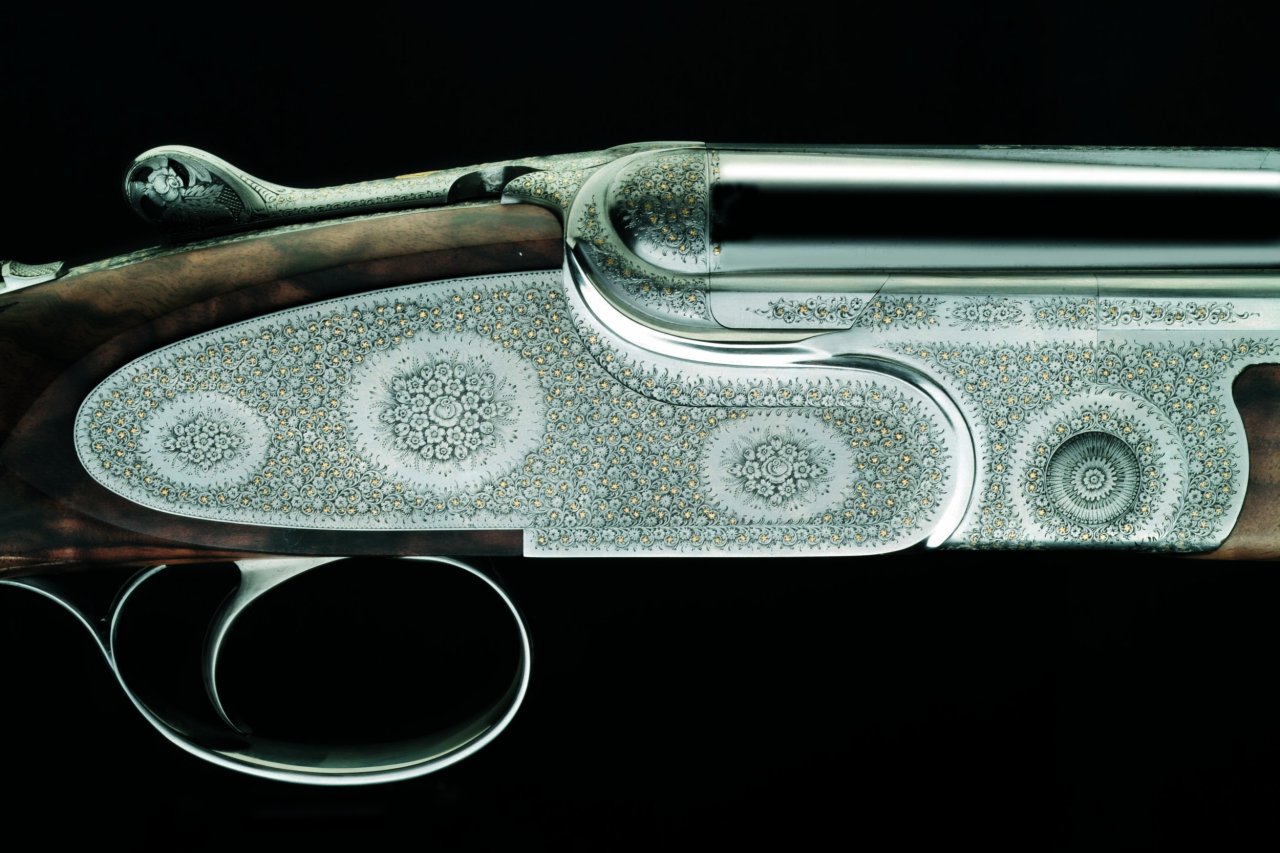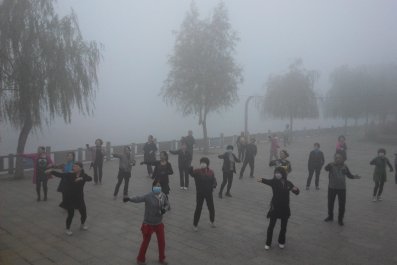We are now in the middle of shooting season in Europe, although it seems to me that I have been slap-bang in the middle of shooting season for the last couple of years because I have been researching a book about Beretta. The Italian gunmaker, founded in 1526, may be best known for its sidearms, but it's the sporting guns—shotguns and rifles—that have been mainly occupying me.
In the course of writing this book, I have traveled to parts of the globe and experienced things new to me. I have been to the remote pine forests of Finland to learn about moose shooting and to visit the birthplace of the famous Sako hunting rifle. I have visited Colorado in the depths of winter to inspect an optics factory. I have learned a little about Tennessee mules and peach cobbler while hunting quail amid the telephone-pole-straight pines of Georgia. I have attended the Safari Club International hunting convention in Las Vegas, where I have seen taxidermy truly epic in scale. I have gone to Argentina and witnessed the unforgettable sight of a giant flock of doves rise off a vast field of sunflowers.
If, in reading the above paragraph, I come across as a Hemingway in training, then I apologize. Nothing could be further from the truth. Even by the most elastic stretch of the imagination, I am no outdoorsman. To me, the shotgun is of value and interest more as a cultural object than as a weapon. I am not talking about shotguns with synthetic stocks, semi-automatic loading systems and camouflage paint jobs, practical though those innovations may be for the hunter. What interests me is the world of aesthetic references and ritual that has built up around what is, au fond, a very simple, traditional object.
The masters of numerous disciplines are involved in the making of a shotgun; forging a barrel, for example, is a matter of precision engineering. Barrel lengths, internal geometry and other scientific variables obsess the keen shot as much as the minutiae of engines concern the car buff. In particular, I find myself more drawn to the magic of skills that hover somewhere between art and craft, transforming the raw materials of wood and metal into items of rarity and beauty.
I marvel at those who have developed the talent of looking at a chunk of walnut and judging how to balance the decorative effect of the grain with the functional requirements. That strikes me as similar to the skills of a diamond cutter whose practiced eye can see stones big and small inside one single rough diamond.
I particularly love the engraving studio at Beretta, where the air is alive with the music of tiny hammer blows upon burins, each delicate chime signifying a step along the road of transformation that brings the plain metal of the action to sparkling life, covering it with everything from abstract geometric patterns to narrative scenes taken from the natural world. One salutes the steadiness of hand as much as the patience required; an engraver might work for 800 hours on just a few square centimeters of metal.
Even the application of checkering to the wood of the stock and the fore-end is an artisanal craft all its own, and the skills employed have not changed in generations, even if the patterns have. Today's functional, grip-enhancing patterns—think of the impression of a meat tenderizer in miniature—pale beside the elaborate work of the past, which recalls the effect of tartan transposed onto wood.
I see a great many parallels between mechanical watches and shotguns. Like the mechanical watch, the shotgun functions according to principles unchanged for generations and is a mechanical object with which, through use and familiarity, one develops an emotional relationship. Just as a cherished timepiece becomes a vessel for linking the old with the young and the dead with the living, so a fine gun can be another of these secular sacerdotal objects passed down from generation to generation. There is still a certain ancestral chic in Britain about shooting with a pair of paternal (or indeed grandpaternal) Purdeys or Hollands.
And that is another marvel, such is the level of simplicity and perfection in the manufacture of such guns that they continue to work long after their first owner has departed. Even though I am not of a technical bent, I can just about grasp how a gun works: The interaction of mechanical components cause a controlled detonation of the propellant, expelling the projectile from the barrel. In a complex digital world, in which we operate objects without any clear idea of how exactly they function, there is something remarkably reassuring about an analog item made with screws and springs, wood and metal.



















